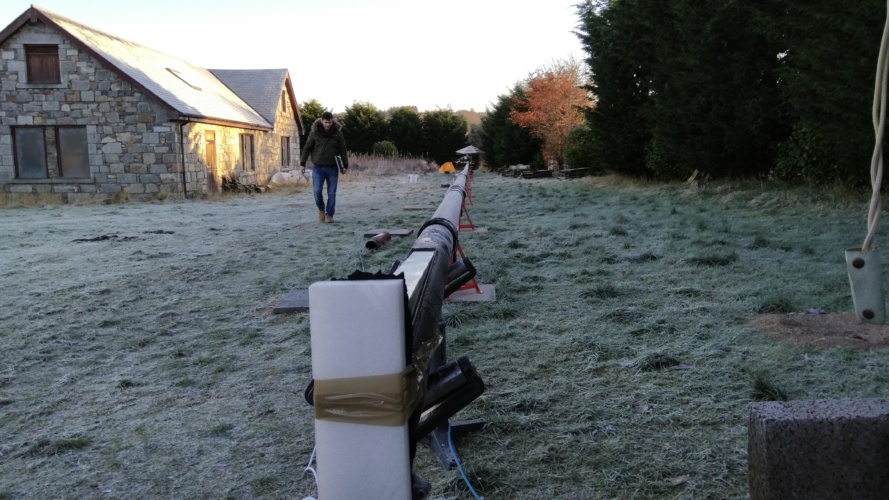C2I 2020: Information, Data & Connectivity shortlist
Shortlisted finalists for this category have proven their expertise in predicting bridge failure, air quality monitoring and monitoring oil & gas pipelines. Jason Ford reports.
Category: Information, Data & Connectivity
Project: Radio Frequency Pipeline Communications - Electromagnetic Research
Partners: Innerpath Technologies Ltd, University of Edinburgh, Heriot Watt University, Oil and Gas Innovation Centre (OGIC)
Innerpath’s Martin Beveridge is well versed in the limitations of current data acquisition methods and the high costs of monitoring deep well bores and pipelines in the oil and gas sector.

Monitoring subsea infrastructure and obtaining data from subsurface wells has been reliant on cabled transmission or fibre optic-based systems, and for wireless methods only low data rate acoustic frequency techniques have been possible. Digitalised and Industrial Internet of Things (IoT) solutions for subsurface applications is an obvious solution, but developments in this area have been stymied by the high capital cost of installing subsea infrastructure.
For this project, the team assessed the use of pipeline structures as radio frequency (RF) waveguides to enable internal propagation of a modulated carrier signal to transmit information from local sensors. In use, this solution could be used to determine pressure temperature and fluid characteristics and other performance-related information in remote sub-surface pipelines or wells. The follow-up stages of this project aim to develop the first commercial RF wireless modem products for pipelines and wells.
Register now to continue reading
Thanks for visiting The Engineer. You’ve now reached your monthly limit of premium content. Register for free to unlock unlimited access to all of our premium content, as well as the latest technology news, industry opinion and special reports.
Benefits of registering
-
In-depth insights and coverage of key emerging trends
-
Unrestricted access to special reports throughout the year
-
Daily technology news delivered straight to your inbox










Water Sector Talent Exodus Could Cripple The Sector
Maybe if things are essential for the running of a country and we want to pay a fair price we should be running these utilities on a not for profit...